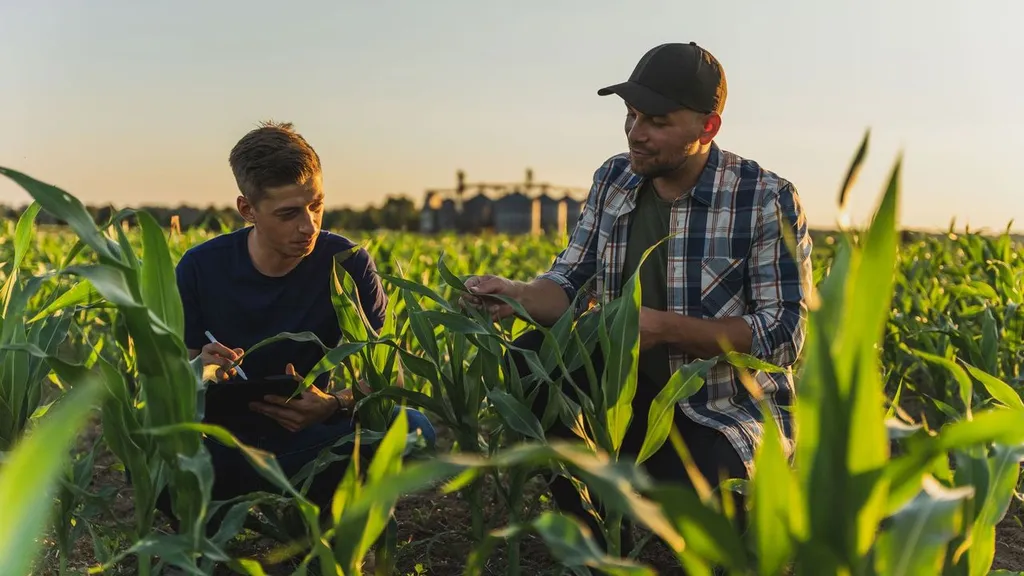Technology has quietly embedded itself into the fabric of Irish farming, reshaping how decisions are made, labour is managed, and environmental impacts are mitigated. Yet its adoption remains uneven, with farmers leveraging tools in ways that reflect their unique needs and operations. The latest *ifac Farm Report* offers a snapshot of this digital transformation, revealing both the current landscape and the rapid shifts underway.
For many, technology’s primary value lies in sharpening decision-making and streamlining labour. The report finds that 31% of farmers credit technology with improving how they assess and act on farm data, while 37% say it has boosted labour efficiency—critical in an industry where margins are tight and skilled workers are in short supply. The divide between sectors is telling: among tillage farmers, precision agriculture stands out, with 71% naming it the most impactful innovation on their farms. This aligns with the sector’s reliance on data-driven tools for planting, fertilising, and harvesting, where even small gains in accuracy can translate to significant cost savings or yield improvements.
Perhaps more surprising is the emphasis on renewable energy. Over half of the farmers surveyed—56%—point to it as the most significant technological advancement on their farms. This reflects not just the push toward sustainability but also the economic incentives of energy independence. Solar panels, wind turbines, and biomass systems are no longer niche; they’re becoming standard fixtures, driven by rising energy costs and government supports. Yet renewables are just one piece of a much larger puzzle. The real disruption may come from technologies that are only now gaining traction.
Artificial intelligence (AI) is a case in point. As recently as 2022, just 5% of agribusinesses had invested in AI tools. By 2023, awareness had grown, but only 21% of leaders were actively using applications like generative AI. Fast forward to today, and the *ifac Agribusiness Report* shows a dramatic shift: 77% of business leaders now report using tools such as ChatGPT or Microsoft Co-Pilot. This acceleration suggests AI is moving beyond curiosity into practical, everyday use—whether for drafting documents, analysing market trends, or optimising supply chains.
On the ground, AI’s potential is even broader. Developers are now applying machine learning to tasks that were once constrained by computing limits, from autonomous machinery that can weed crops with pinpoint accuracy to robotic systems capable of monitoring livestock health in real time. These innovations promise to reduce the physical burden on farmers while improving outcomes, though their adoption hinges on accessibility, cost, and trust in the technology.
The pace of change is evident in the startups and research projects emerging across the sector. Take Vetly AI, a new tool co-founded by Laurann Ryan to help veterinarians automate visit notes, freeing up time for more critical work. Meanwhile, academics like Professor Gerry Lacey are pushing boundaries in agricultural robotics, exploring how machines can handle delicate tasks like harvesting or even dual-purpose solar farms that generate power while growing food. Elsewhere, companies such as Hibra Design are testing the viability of electric tractors, a potential game-changer for farms looking to cut emissions and fuel costs.
Yet for all the promise, questions remain. How quickly can these technologies scale? Will smaller farms be left behind as larger operations adopt high-cost systems? And can AI deliver on its potential without creating new dependencies or risks, such as data privacy concerns? The answers will shape not just individual farms but the future of Irish agriculture itself.
What’s clear is that technology is no longer an optional extra—it’s a core part of how farms operate, compete, and sustain themselves. The challenge now is ensuring that innovation serves all farmers, not just the early adopters, and that the tools of tomorrow are as practical as they are transformative.

